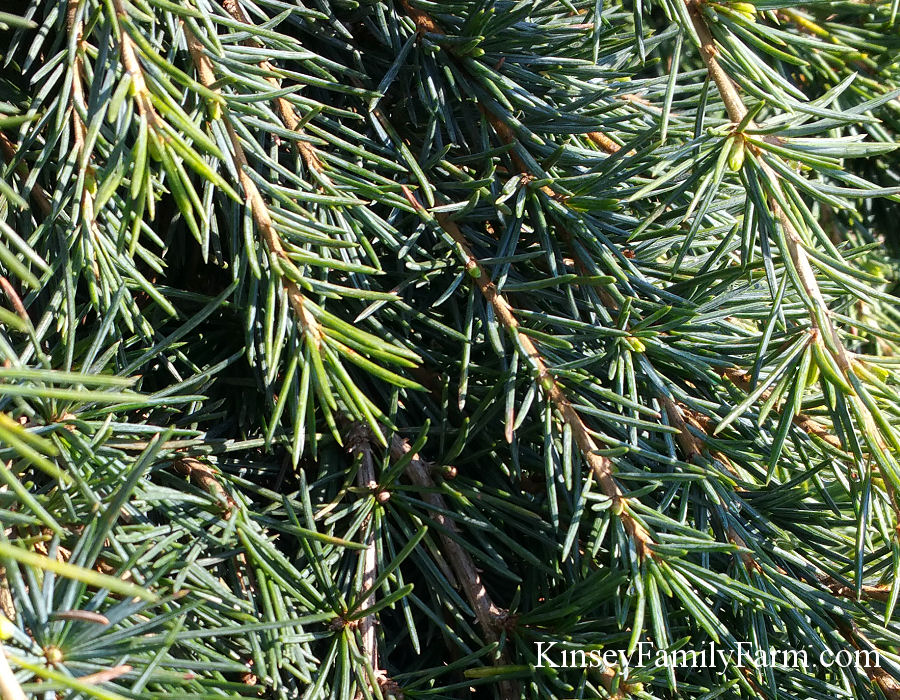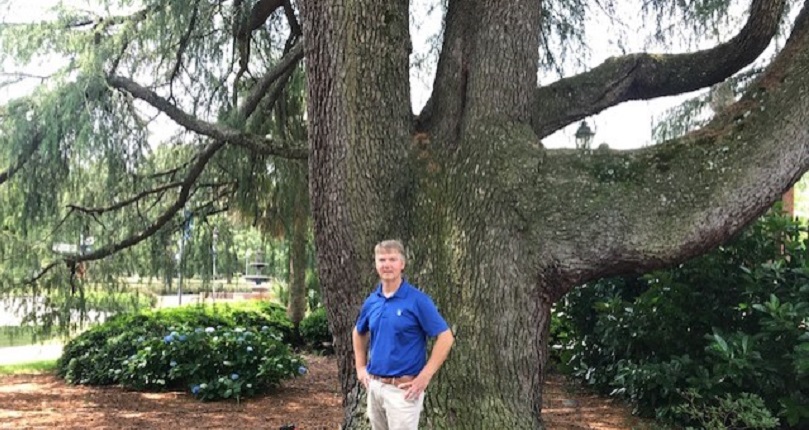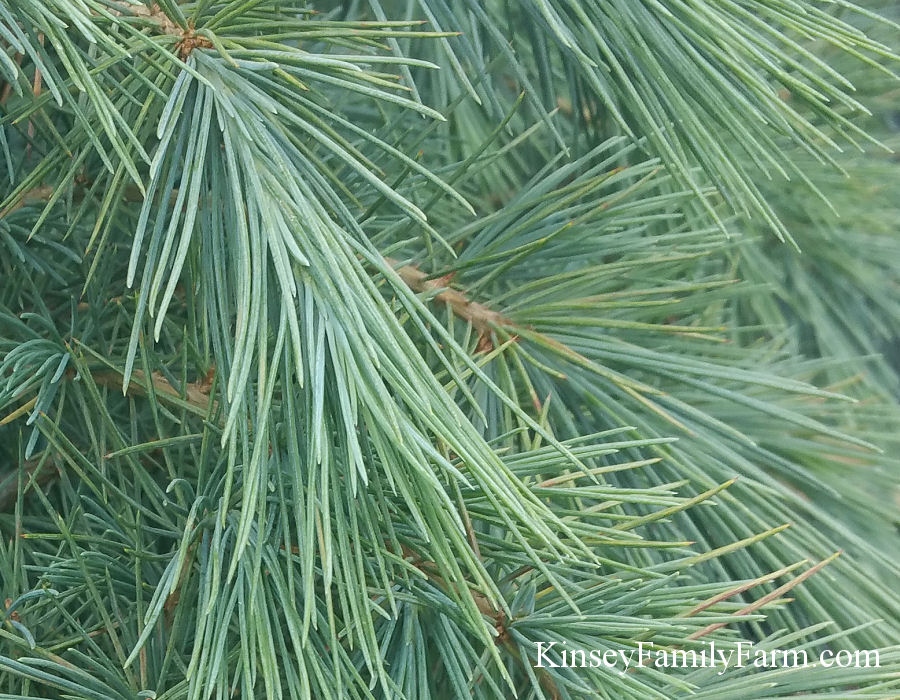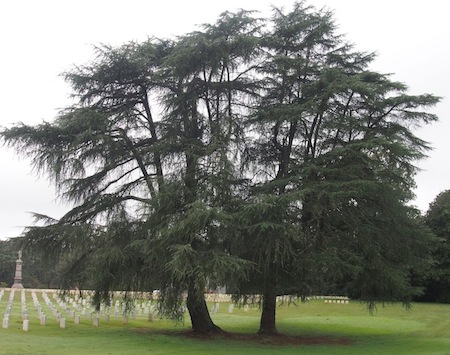
Cedar trees are native to Georgia and are a popular choice for those who are looking for an evergreen tree to add to their landscape. These trees are low maintenance and can grow to a maximum height of 50 feet with an average width of 15 feet. Given the right conditions, cedar trees can live for up to 500 years!
Here are some tips and ideas for planting and taking care of cedar trees in Georgia:
Location
Cedar trees prefer full sun, but they can tolerate partial shade. They should be planted in a location where they will get at least 6 hours of direct sunlight each day. Cedar trees do not like wet soil, so they should be planted in a well-drained area. If planting multiple trees, make sure they are spaced at least 10 feet apart.
Soil Preparation
Before planting a cedar tree in Georgia, the soil should be well-prepared. Amend the soil with organic matter such as compost or manure. This will help to improve the drainage of the soil and provide extra nutrients for the tree. If the soil is too sandy or too clay-like, you may need to add a soil amendment to improve the soil structure.
Watering
Cedar trees are drought tolerant, so they do not need to be watered every day. However, they do need some water during dry spells. When watering, make sure to water the root zone and not just the leaves. A slow, deep watering is best for cedar trees.
Fertilizing
Cedar trees do not need to be fertilized every year. If the tree is growing slowly, or if the leaves are yellow, then it may be time to fertilize. When fertilizing, use a slow-release fertilizer that is specifically formulated for cedar trees. Apply the fertilizer in the spring and again in the fall.
Pruning
Cedar trees do not need to be pruned very often. If the tree is growing too large for its location, then it can be pruned to maintain a desired size. Pruning should be done in late winter or early spring before the new growth begins. When pruning, be sure to make clean cuts and remove any dead or diseased branches.
Protecting From Pests
Cedar trees are relatively resistant to pests and diseases. However, they can be affected by aphids, scale insects, and spider mites. To prevent pests, keep the area around the tree free of debris and weeds. If the tree is affected by pests, then a pesticide or insecticide can be used to control the problem.
Mulching
Mulching around a cedar tree can help to retain moisture in the soil and protect the tree from temperature extremes. Use a 2-3 inch layer of mulch around the tree, making sure to keep the mulch away from the trunk of the tree. Organic mulches such as wood chips, bark, or shredded leaves are the best choice for cedar trees.
Conclusion
Cedar trees are a popular choice for homeowners in Georgia. They are low maintenance and can live for up to 500 years! With the right location, soil preparation, watering, fertilizing, pruning, and protection from pests, cedar trees can thrive in Georgia’s climate. Mulching is also recommended to help keep the soil moist and protect the tree from temperature extremes.
Images Related to Cedar Trees In Georgia:
Augusta University boasts largest deodar cedar in Georgia – Jagwire

Cedar Trees for Sale Georgia Garden Center | Kinsey Family Farm

Deodar Cedar
